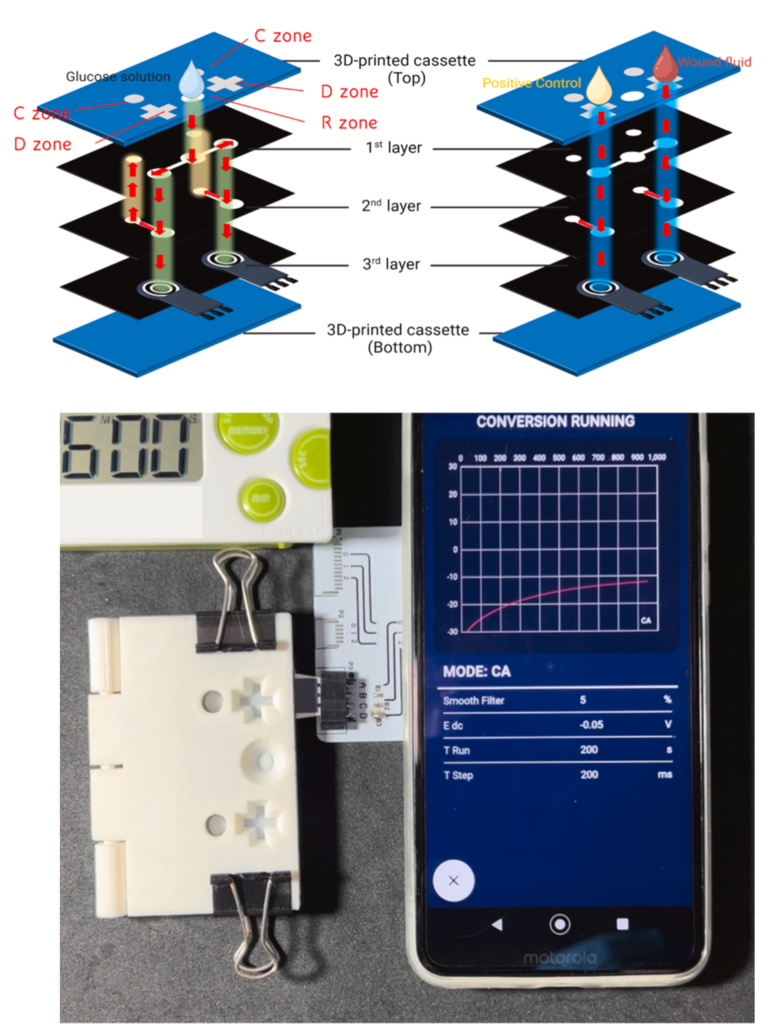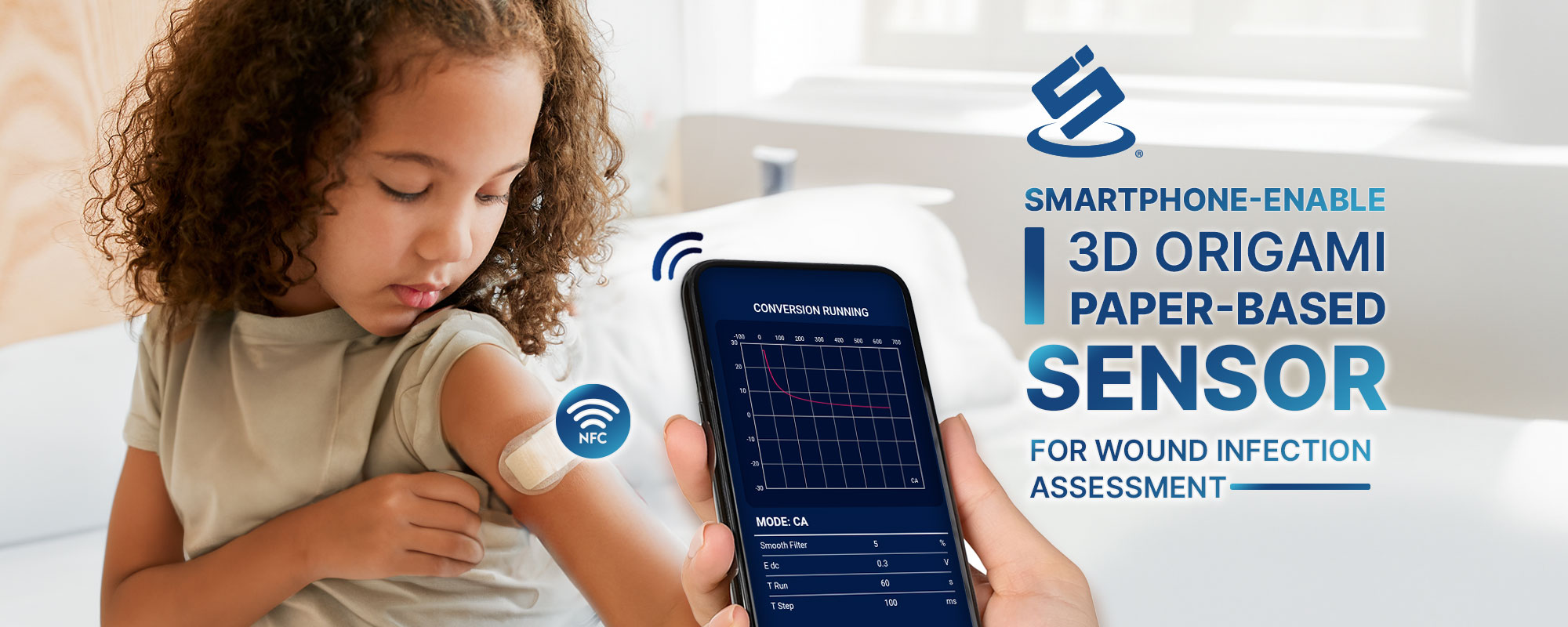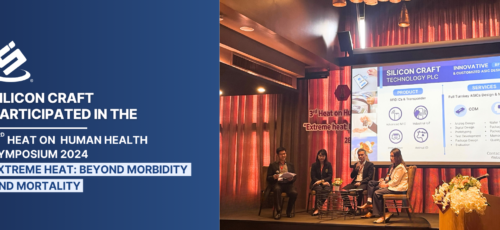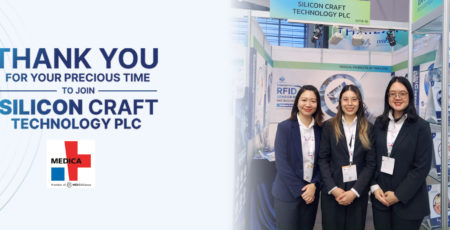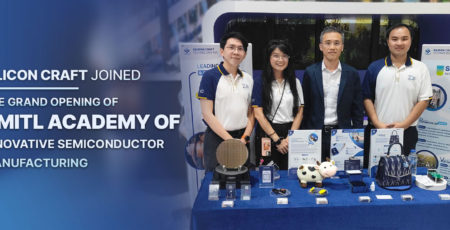Early diagnosis of wound infection has considerable promise for delivering efficient and expeditious treatment to patients. Recently, the diagnosis of wound infection has been based on the observation of clinical signs such as pain, redness, swelling, and flushing. The evaluation of the wound status can be performed by physicians based on knowledge and experience. However, external appearance observation has some limitations in terms of uncertain and non-precise diagnostic results. Moreover, bacterial cultures serve as an alternative technique to identify wound infection; however, the traditional method requires time for microbes to grow and enlarge enough to be seen by the naked eye, resulting in delayed wound treatment. Therefore, the biomarker-based diagnosis of wound infection biomarkers is interesting because of its rapid testing, high precision, and accuracy. Among biomarkers of wound infection, the enzyme myeloperoxidase (MPO) is released from white blood cells, neutrophil, and it has been found to have a high concentration in the wound fluid of the infected wound. In this case, MPO can be used as an early wound infection marker for wound monitoring and control.
3D origami paper-based platform using an immunosensor offers an inexpensive and disposable point-of-care testing device (POCT). The designed platform of paper devices using the origami method has been developed to facilitate the multistep into a single device. Permpoka and colleagues have recently reported 3D origami paper-based electrochemical detection of MPO activity with SIC4341 as a potentiostat sensor interface using NFC Type 2 tag IC with built-in ADC, as shown in Figure 1. The amount of MPO in the wound of patients can determine the result wirelessly on a smartphone through NFC technology. The digitalized results obtained from the smartphone-based NFC potentiostat can demonstrate highly precise testing results. By integrating SIC4341 NFC Potentiostat sensor interface chip with immunosensor, this could enable timely assessment and treatment of wound infections through smart bandage.
(Ref: Permpoka et al., Sensors and Actuators: B. Chemical 398 (2024) 134712, https://doi.org/10.1016/j.snb.2023.134712)
